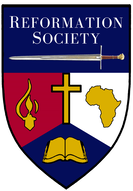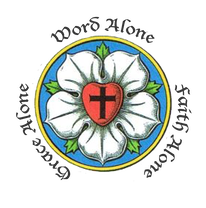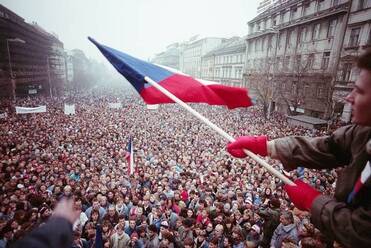
As a Missionary, who for 38 years has concentrated on serving persecuted Christians in Restricted Access Areas, I have travelled in 42 countries and worked in 38 countries across 4 continents. This included throughout Eastern Europe, behind the Iron Curtain, during the Cold War.
Yugoslavia When I first visited Yugoslavia and heard people in Croatia speaking about their need for independence, I was highly skeptical that it could succeed. Yugoslavia consisted of six republics, five nations, four languages, three major religions, two alphabets, but only one political party – the Communist Party. Croatia In 1990, the first multiparty elections were held in Croatia. On 25 June 1991, Croatia declared independence, which came into effect 8 October 1991. By 15 January 1992, Croatia was recognised as an independent country by the European Economic Community. The aggression by Yugoslavia was effectively ended August 1995, with a decisive victory by Croatia. Since then, 5 August has been observed as a Victory and Homeland Thanksgiving Day. 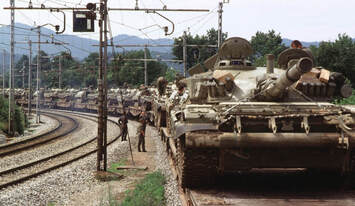
Slovenia
In Slovenia, a group of intellectuals articulated the case for Slovene independence in 1987, in the magazine Nova Revija. The Committee for the Defense of Human Rights was formed. Demands for democratisation and independence for Slovenia forced the communist government to enact a number of democratic reforms. In September 1989, constitutional amendments were passed to introduce parliamentary democracy to Slovenia. On 7 March 1990 the Slovenian assembly changed the official name of the state to the Republic of Slovenia. April 1990, the first democratic elections in Slovenia took place. On 23 December 1990, more than 88% of the electorate voted in a referendum for a sovereign and independent Slovenia. Slovenia declared independence 25 June 1991. The Yugoslav People’s Army invaded on 27 June 1991, which led to the 10-Day War. The result was the Brijuni Agreement and the withdrawal of the Yugoslav army from Slovenia. December 1991, a new constitution was adopted, followed by laws on denationalisation and privatisation of state enterprises in 1992. The members of the European Union recognised Slovenia as an independent state on 15 January 1992. Slovakia When I first travelled to Bratislava, in Czechoslovakia, talk of the Slovakians seceding from Czechoslovakia seemed unrealistic and impossible. The Christians were adamant that Slovakia must become an independent country. Indeed, following the collapse of communist rule in Czechoslovakia in 1989 and withdrawal of the Soviet Red Army, the Slovak Socialist Republic was renamed the Slovak Republic and on 17 July 1992, Slovakia declared itself a sovereign state, meaning that its laws took precedence over those of the federal government. Throughout the autumn of 1992, negotiations with the Czech Federal government resulted in the vote, 31 December 1992, to dissolve Czechoslovakia. The Slovak Republic and the Czech Republic went their separate ways after 1 January 1993. As the overthrow of communist rule in Czechoslovakia had been called The Velvet Revolution, the peaceful separation of Czech and Slovakia was called The Velvet Divorce. The Baltic States Latvia, Lithuania and Estonia are three Baltic states which were occupied over the centuries by Sweden, Poland and Russia. 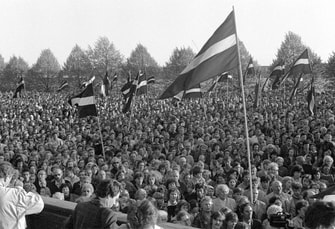
Latvia
The Republic of Latvia was established 18 November 1918, when it seceded from the Soviet Union. In 1940, Latvia was invaded by the Soviet Union. Later Latvia was liberated by German forces during Operation Barbarossa in 1941. In 1944, the Soviet Red Army again invaded Latvia and forced it back into the Soviet Union. Starting in 1987, the Singing Revolution called for Baltic emancipation from communism and Soviet occupation. On 4 May 1990, the Declaration on the Restoration of Independence of the Republic of Latvia was issued and on 21 August 1991, Latvia declared its independence. Latvia has been declared the capital of Culture in Europe and its capital, Riga, has hosted the Choir Olympics, which my daughter, as part of the Cape Town Youth Choir, participated in. Over 140 choirs from around the world gathered in Riga for this event. Estonia Estonia was also occupied over the centuries by Polish, Swedish and Russian forces and declared independence, 24 February 1918. On 6 August 1940, Estonia was invaded and occupied by the Soviet Red Army and incorporated into the Soviet Union. Estonians continued to resist the Soviet occupation for years after the Second World War. The Forest Brothers’ Resistance movement opposed the Soviet policy of collectivisation and forced removals of Estonians to make way for Russian immigration. In 1987, the Singing Revolution began and by 1988, the Popular Front of Estonia became the standard-bearer for Estonian independence. The Estonian National Independence Party was the first non-communist party in the Soviet Union. It demanded full restoration of independence. On 16 November 1988, the Estonian Supreme Soviet issued a sovereignty declaration asserting the primacy of Estonian laws over Soviet Union laws. On 23 August 1989, about 2 million Estonians, Latvians and Lithuanians participated in a mass demonstration forming the Baltic Way human chain across the three republics demanding restoration of independence. In 1990, the Congress of Estonia was formed as a representative body of Estonian citizens. In March 1991, a Referendum was held, where 77% of voters supported independence. A Moscow coup attempt was exposed and resisted and Estonia declared its restoration of independence 20 August 1990, which is now observed as a national holiday in Estonia. The last units of the Red Army left Estonia in 1994. In 1992, Estonia launched economic reforms for privatisation and free market economy. In 2004, Estonia joined the European Union and NATO. 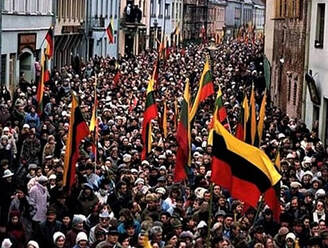
Lithuania
Lithuania seceded from the Soviet Union on 16 February 1918, to form the Republic of Lithuania. In 1940, Lithuania was invaded and occupied by the Soviet Red Army. On 11 March 1990, a year before the formal disillusion of the Soviet Union, Lithuania became the first Baltic state to declare itself independent. On 11 March 1990, the Supreme Council announced the restoration of Lithuania’s independence. On 28 March 1990, the USSR imposed an economic blockade on Lithuania. The blockade lasted 74 days, but Lithuania stood firm. When the Soviet Union attempted a coup in Lithuania, storming the Seimas Palace, Lithuanians vigorously defended their Council and inspired other Soviet republics to secede from the Union. Shortly after 11 February 1991, the parliament of Iceland voted to confirm that Iceland’s 1922 recognition of Lithuanian independence was still in effect as it had never formally recognised the Soviet Union’s occupation of Lithuania. Iceland stated that full diplomatic relations should be re-established as soon as possible. On 25 October 1992, the citizens of Lithuania voted in a referendum to adopt their new constitution. On 31 August 1993, the last units of the Soviet Red Army left Lithuanian territory. Since 2004, Lithuania has been a member of NATO and of the European Union. Under Fire in Sudan Since 1995, I have been involved in the campaign for South Sudan’s independence. From 1995 to 2002, I conducted 27 missions to Sudan, delivering over half a million Bibles and books in 24 languages throughout Southern Sudan and the Nuba Mountains. During this time, I conducted over 1,200 meetings in Sudan and over 1,000 meetings, radio and TV programmes internationally, to campaign for South Sudan’s independence. This involved writing the book Faith Under Fire in Sudan, the third edition being three times the size of the original 1996 edition. I brought in filmmakers, such as Pat Matriciana of Jeremiah Films, to produce Sudan the Hidden Holocaust and Terrorism and Persecution and also assisted Samaritans Purse with their first films on Sudan and helped establish them in the hospital pioneered by Dr. Fraser in Lui. 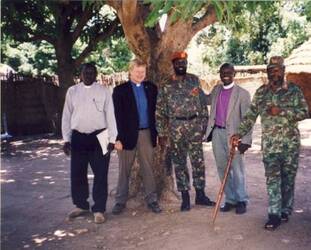
Independence is Essential for Future Peace and Freedom
Initially, even the leaders of the Sudanese People’s Liberation Army (SPLA) were skeptical that the map could ever be redrawn, as the African Union had resisted any changes to the borders delineated in the Berlin Conference of 1884-1885. I argued strenuously with Colonel John Garang, the leader of the SPLA and Commander Silva Kiir, the second in Command of the SPLA, that only independence for South Sudan could secure their future and freedom. Anything else would mean the continuation of oppression by the Arab North, as they would be a minority in their own country. Although Blacks are a majority in South Sudan, they were a minority in the whole country in Sudan. Missionaries had pleaded with Great Britain in 1955 not to include the Black Christians and animists of the South into an Arab ruled Sudan. Suggestions were made to incorporate Equatoria into Kenya or Uganda, but to no avail. Islamisation and Arabisation From the very first day of independence, 1 January 1956, the Arab North sought to Arabise and Islamise the South with brutal oppression, great devastation and loss of life. I showed from Sudan’s history and from the teachings of Islam, why the only way to be free of Shari'a law and Arab oppression was to fight for full independence and sovereignty of South Sudan and the Nuba Mountains. 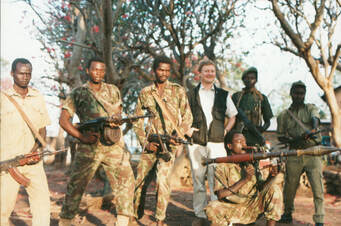
South Sudan is Now an Independent Country
Although they were highly skeptical that it was at all possible, today South Sudan is an independent country and Silva Kiir has been its first president since 9 July 2011. The Nuba Mountains of Sudan Today we continue to campaign for freedom and independence for the Nuba Mountains, which is an island of Christianity in a sea of Islam. The courageous Nuban Christians continue to resist the Arabisation and Islamisation policies of the Khartoum government in South Kordofan. Redrawing of the map is absolutely essential to recognise ethnolinguistic, demographic realities and to avoid further loss of life and future conflict. Resist Centralisation – Support De-Centralisation We must not continue to follow in the footsteps of failure. Centralisation and a unitary state is as doomed to failure as the Tower of Babel. We need to emulate examples of excellence such as the decentralised model of Switzerland and the free enterprise model of Singapore. 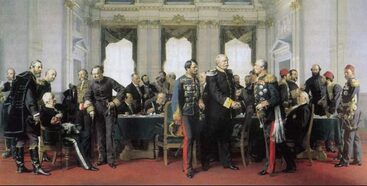
The Legacy of the Berlin Conference
The Berlin Conference of 1884-1885, also known as the Congo Conference, or West Africa Conference, sought to avoid conflict by regularising European protectorates and colonies in Africa to effectively eradicate the slave trade and to avoid conflict between the European powers. The European powers gathered at the European conference, were also seeking to prevent rising American, Russian and Japanese encroachments on Africa. However, due to lack of information and a very incomplete understanding of the realities of Africa, often borders were drawn along lines of longitude, or latitude, or utilising a river. The fact that tribes and nations lived along both sides of those arbitrary border markings, was doubtless not realised at the time. Maps Need to Be Redrawn However, in my missionary work, it has become clear that the map needs to be redrawn. Half of the Shangaan people live in Mozambique and speak Portuguese and the other half live in South Africa and speak English. Half of the Ovambo people live in Angola where they learned Portuguese and drove on the right hand side of the road, whereas the other half were in South West Africa/Namibia learning Afrikaans or English and driving on the left hand side of the road. Moreover, they were in two different time zones, despite being North and South of one another. The Chichewa people are divided between Malawi, Zambia and Mozambique and so one could continue throughout Africa. To Prevent Wars The greatest conflicts in Africa, including the Biafran Civil War in Nigeria, 1967–1970, most of the Congo wars and the long conflict in Sudan, would have all been averted, if the maps had reflected demographic realities and not forced some people to be minorities in their own country, oppressed by other tribes, cultures, or religions. Sudan’s Independence Gives Hope to Other Secession Movements It is inexcusable that since independence the Organisation of African Unity has steadfastly refused to allow maps to be redrawn. The apparent exception being Eritrea. But Eritrea was a separate entity and only forced to be part of Abyssinia after the Second World War. This led to a longstanding civil war until Eritrea’s independence was re-established in 1991. So, the redrawing of the maps and recognising of independence of South Sudan was a monumentally important precedent. “…Where the Spirit of the Lord is, there is freedom.” 2 Corinthians 3:17 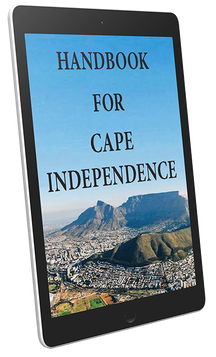
Dr. Peter Hammond
Frontline Fellowship P.O. Box 74 Newlands 7725 Cape Town South Africa [email protected] www.FrontlineMissionSA.org www.ReformationSA.org www.HMSschoolofchristianjournalism.org See also: Secessions in the Bible and History A Case for Cape Independence Magna Carta
0 Comments
Leave a Reply. |
Contemporary ArticlesCategories
All
Archives |
- Home
-
History Articles
- History Articles
- All Categories
- Character Studies
- Greatest Century of Missions
- Greatest Century of Reformation
- Reformation In Bohemia
- Reformation In England
- Reformation In France
- Reformation In Geneva
- Reformation In Germany
- Reformation In Italy
- Reformation In Scotland
- Reformation in Switzerland
- Victorious Christians
- Contemporary Articles
- Resources
- Contact
- Donate
|
The Reformation Society
PO Box 74, Newlands, 7725, South Africa Tel : (021) 689-4480 Email: [email protected] Copyright © 2022 ReformationSA.org. All rights reserved |
- Home
-
History Articles
- History Articles
- All Categories
- Character Studies
- Greatest Century of Missions
- Greatest Century of Reformation
- Reformation In Bohemia
- Reformation In England
- Reformation In France
- Reformation In Geneva
- Reformation In Germany
- Reformation In Italy
- Reformation In Scotland
- Reformation in Switzerland
- Victorious Christians
- Contemporary Articles
- Resources
- Contact
- Donate
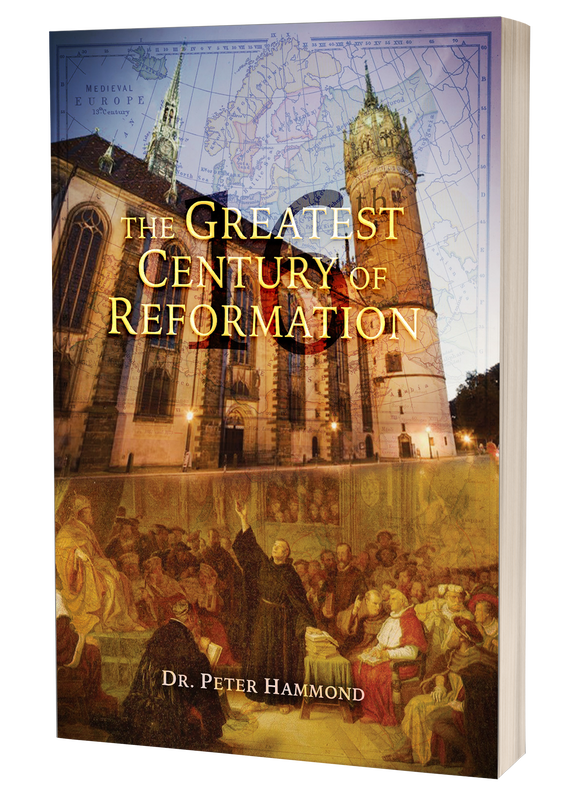
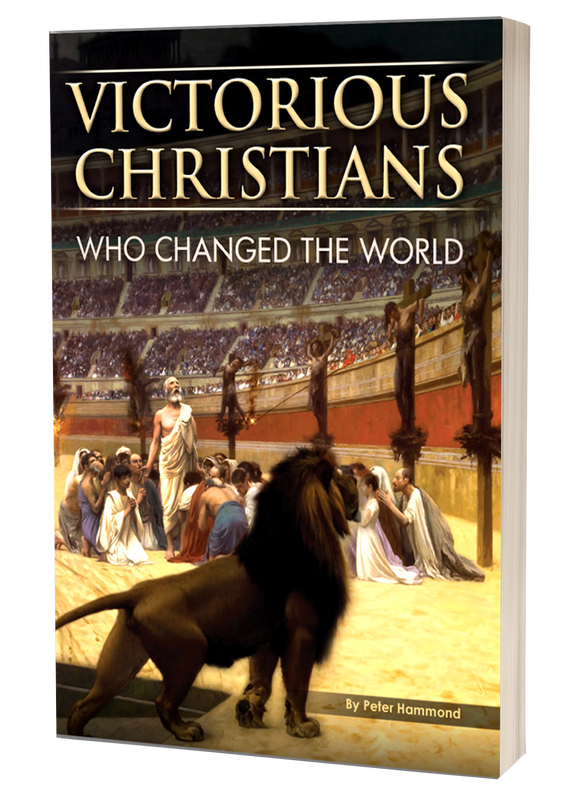
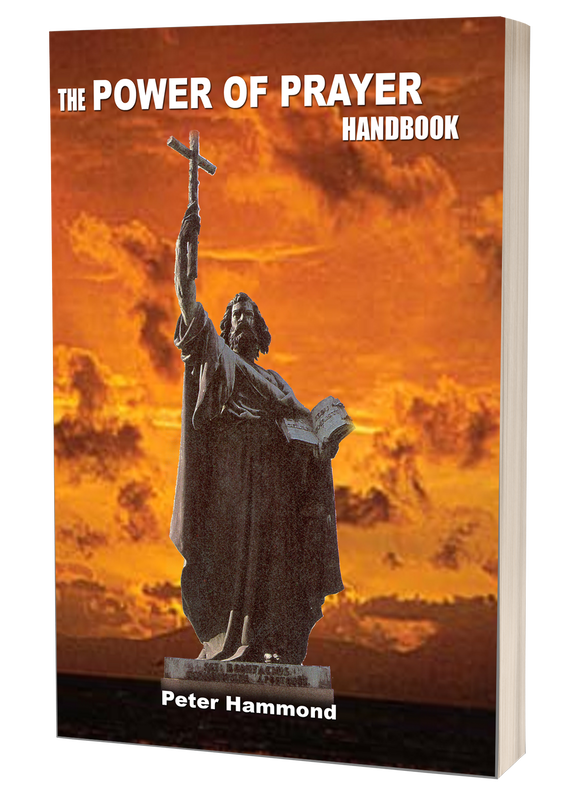
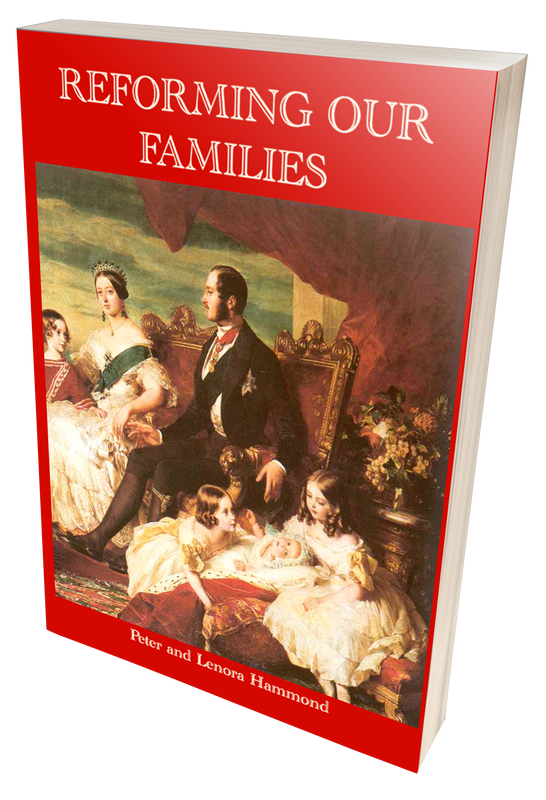
 RSS Feed
RSS Feed
